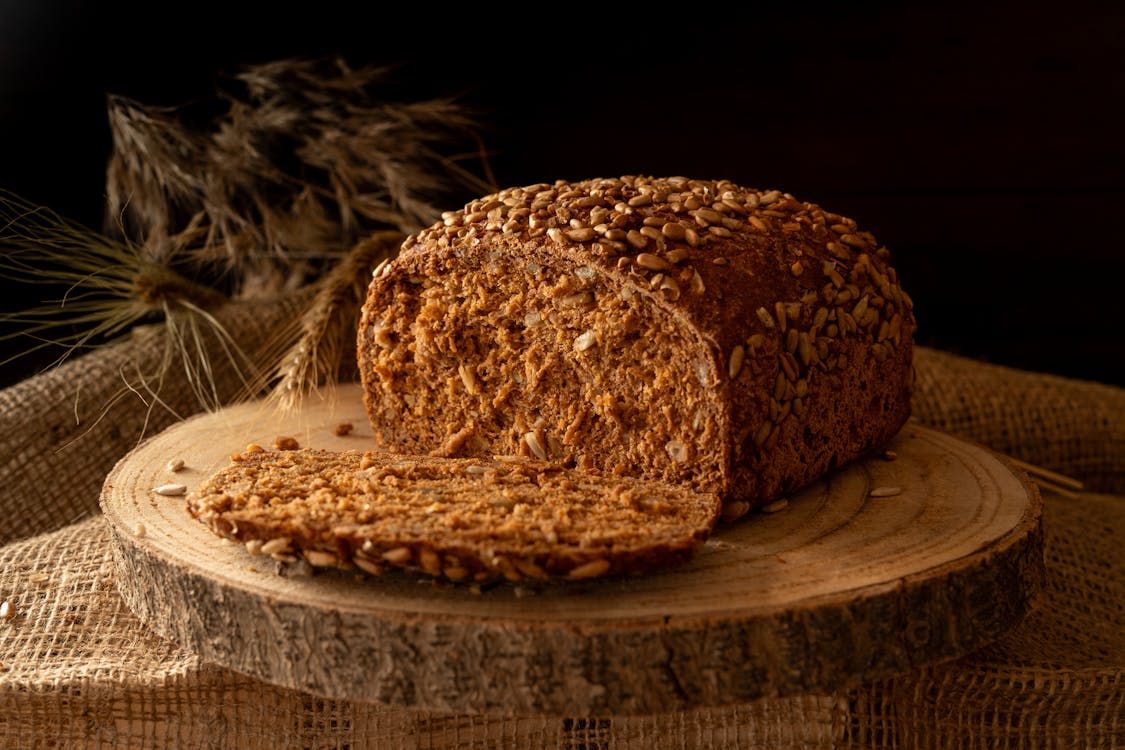 Mind
Mind
- Digital and Modern Well-being
- Mental Health and Emotional Well-being
- Mind-Body Connection and Holistic Health
- Parenting and Family
- Personal Growth and Development
- Relationships and Social Well-being
- Stress and Relaxation
- Therapeutic and Creative Practices
- Trauma and Recovery
- Work, Productivity, and Discipline
 Body
Body
 Fitness
Fitness
 Food
Food
 Beauty
Beauty
The Benefits of Eating Whole Grains

Unlock the Secret Power of Your Daily Bread: The Whole Story on Whole Grains
Imagine standing in front of a vast array of bread at your local supermarket. Your hand hovers between a soft, fluffy white loaf and a rustic, hearty brown one. The choice seems trivial, doesn’t it? But what if I told you that choosing the brown, whole grain option could significantly impact your health, energy levels, and even your mood?
Why Whole Grains Matter
Whole grains have been a central component of the human diet since ancient times, but it’s only in recent decades that science has begun to uncover just how beneficial these humble seeds can be. Unlike their more processed counterparts, whole grains include all three vital parts of the seed—the bran, germ, and endosperm. This trio works in harmony to pack a punch in terms of health benefits.
A Trifecta of Benefits
Nutritional Powerhouses
Whole grains are a treasure trove of nutrients. They’re rich in fiber, which is crucial not only for digestive health but also for maintaining a healthy weight and lowering cholesterol levels. They also carry essential vitamins, like B vitamins for energy metabolism and antioxidant-rich vitamin E, alongside vital minerals such as iron, zinc, and magnesium.
Chronic Disease Fighters
Regular consumption of whole grains has been linked to a lower risk of many chronic diseases. Studies suggest that those who consume several servings of whole grains daily are at a lower risk of heart disease, type 2 diabetes, and certain types of cancer.
Weight Management and Digestive Health
Thanks to their high fiber content, whole grains help you feel full longer, which can prevent overeating. The fiber also helps to regulate the gastrointestinal tract, aiding in both improved digestion and faster elimination of waste.
Whole Grains on the Menu: Practical Tips and Examples
Incorporating whole grains into your diet is easier than it sounds. Here are some bite-sized tips:
– Start with Breakfast: Switch your usual breakfast cereal to a whole grain alternative like oats or a whole grain breakfast cereal.
– Bread Swap: Choose whole grain bread for sandwiches.
– Diverse Grains: Explore grains like quinoa, barley, or bulgur. Cook them in bulk and add to salads, soups, or serve as a side dish.
Whole Grains for All: Ensuring Accessibility
While whole grains might sound like a gourmet affair, they are widely available and don’t have to break the bank. Most supermarkets stock a variety of whole grains at reasonable prices. Furthermore, buying in bulk can save extra dollars. Also, look for local or online health food stores for more variety and organic options.
The Sensory Experience of Whole Grains
When talking about food, it’s not just the taste—it’s the experience. Whole grains add a delightful texture to meals; the chewiness of barley, the nuttiness of wild rice, and the crunchiness of buckwheat can elevate a dish from mundane to memorable.
Take the Whole Grain Challenge
If you’ve been thinking about making a change towards a healthier lifestyle, why not start with something simple and effective? Try integrating whole grains into your meals for just one month. Observe changes in your health, mood, and even your taste preferences. Not only could this small change add years to your life, but it might also add life to your years!
Curious to learn more and start your whole grain adventure? Check out WholeGrainsCouncil.org for resources, recipes, and inspiration. Start today—because your body deserves the best fuel you can provide.
Through thoughtful dietary choices, like opting for whole grains, we can significantly improve our health and wellbeing. Here’s to making informed, tasty, and wholesome dietary choices—one grain at a time!
